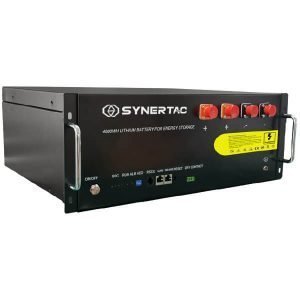In a solar system, solar panels and other components have a lifespan of 10 or 20 years. While battery banks only have a lifetime of about 5 years, or even less than 3 years.
Does it mean that the battery bank is the weakest link?
Do we have a way to extend the battery bank’s lifetime?
Or are there batteries that have a longer life with zero or little maintenance?
The answer is yes.
With improvements in battery technology, battery banks are now reaching 10-20 years, similar to other household appliances. Because of the increasing demand for energy storage, in coming years, batteries will last even longer.

The primary batteries currently used in solar energy storage systems are lead and lithium batteries. Energy storage lead batteries including flooded battery, AGM battery, and Gel battery. While the most suitable lithium battery for energy storage applications is lithium iron phosphate batteries, also known as LFP batteries or LiFePO4.
If we want our battery banks to work longer, we need to keep the following in mind:
Reasonable Capacity & DOD of Battery Bank
Calculate the power consumption and properly configure the battery bank capacity
Before designing our solar energy storage system, we have to calculate our daily electricity consumption, and then figure out the required battery bank capacity.
The average daily consumption is actually your monthly electricity bill divided by 30, which is an approximate value. We also have to consider the large increase in electricity consumption in the summer, generally taking the largest daily consumption value in the summer as the daily consumption.

Once you get this value, you can do a simple calculation, which is available on the ALTE STORE website. https://www.altestore.com/store/calculators/off_grid_calculator/
The approximate calculation is: Daily Electricity Consumption÷DOD(depth of discharge)(50%) ÷Inverter Conversion Efficiency(90%)
If you are not able to get the daily electricity consumption directly, here is a calculator from ALTE STORE that can do routine calculations to get the daily electricity consumption.
https://www.altestore.com/store/calculators/load_calculator/
Pick the Right Battery Type and DOD
Among the main types of batteries, flooded batteries require more maintenance, with distilled water added every 1-3 months, ventilation required, etc.
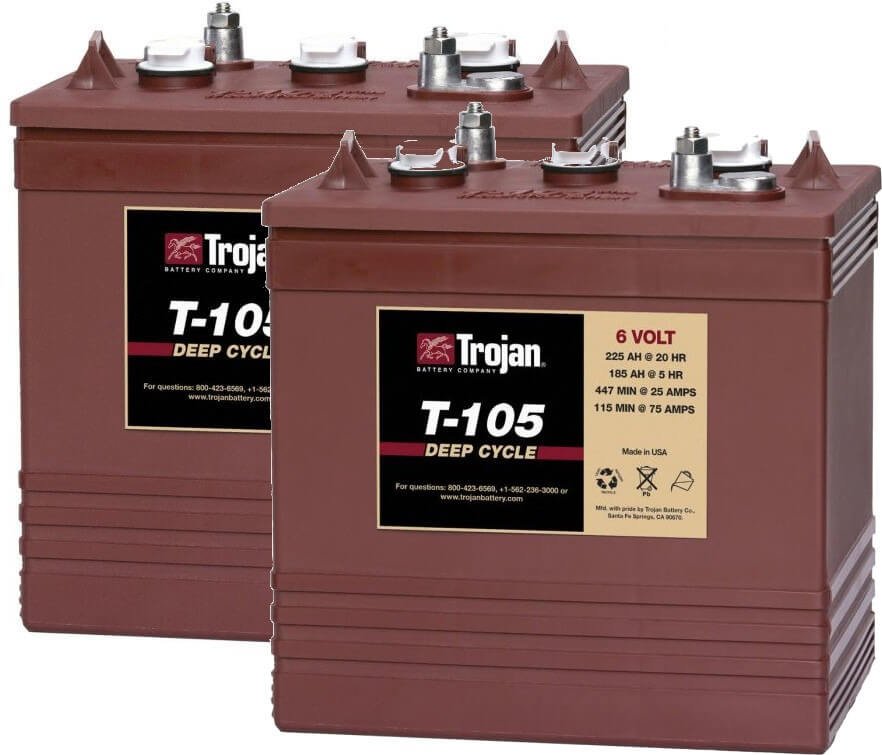
As maintenance-free batteries, AGM batteries only need monthly inspections.
If you want to be more carefree, LFP battery is the best choice as the safest lithium battery.
After confirming the battery type, it is important to set a reasonable DOD. For lead batteries, 50% DOD is recommended, too high results in a shorter life, too low makes it too expensive. For LFP battery, the recommended DOD is 80%, which will achieve a life span of 3000 cycles and an expected lifetime of 10 years.
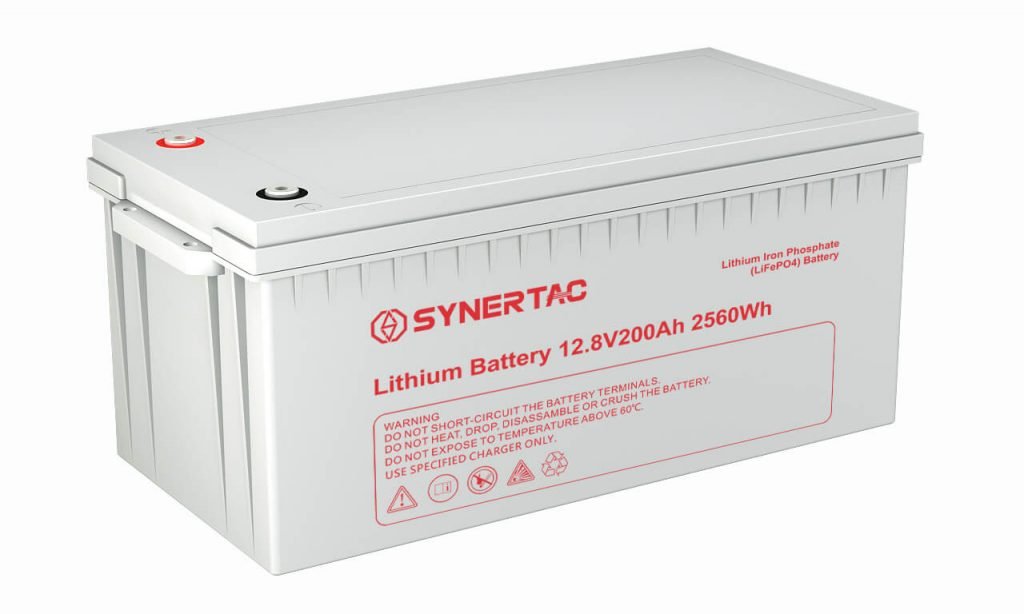
Reduce the quantity of parallel units
Since there are always some minor differences between individual batteries, after a long time of use, the differences will be enlarged and cause a battery to retire earlier. Therefore, the number of batteries connected in parallel should not be big, it is recommended to be below 4.
As an example, for a 48V1000Ah battery pack, it is recommended to use 12V250Ah battery instead of 12V200Ah or even 100Ah. Or 24 x 2V1000Ah batteries are also a good choice.
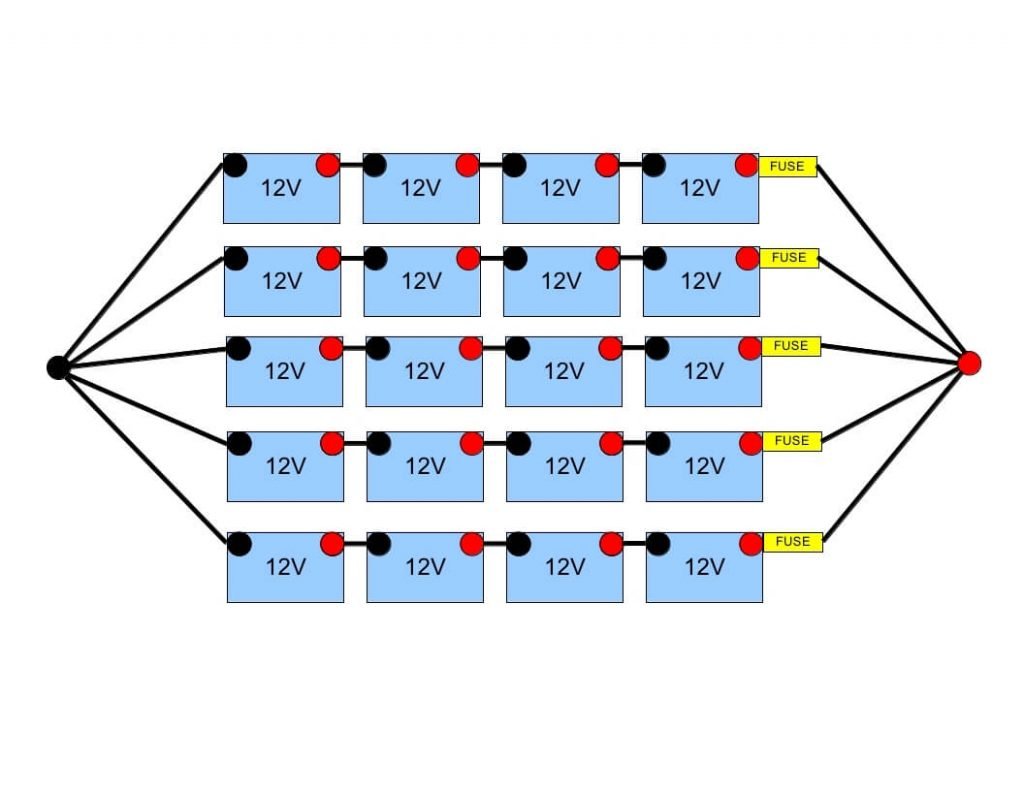
Properly Charging
Confirm the proper charging voltage
The appropriate charging voltage is specified according to the manufacturer’s specifications. Generally, it is about 14.7V for Flooded, 14.4V for AGM, 14.4V for Gel, and 14.6V for LFP.
Keep the Current Under 20% or 50%
High current will also damage the battery. For lead battery systems, it is recommended to keep the charging current below 20%, as well as the discharging current. For a 48V 1000Ah system, the current should not exceed 200A at most times, i.e. a total of 9600W for the appliance. For Li-ion battery systems, it is fine to keep the current below 50%, which can reach 500A, 25600W.
In terms of instant current, AGM has the strongest discharge capacity. Li-ion batteries are always limited to around 2C due to the overcurrent protection of the BMS.
This feature is why some professionals suggest that it is best to have half of the solar panels facing to SouthEast to generate current earlier, and a half to the SouthWest to extend the time to generate current and achieve longer time charging with a lower current.
Avoid over and under charging
In most cases, try to keep the SOC above 80% and reach 100% full state at least once a month. Keeping batteries in a low state for a long time will cause sulfation of the electrode material and reduce the effective capacity of the battery.
If you do need to leave the battery bank unused, please fully charge it to 100% before storage, then check and fully charge it every 3 to 6 months.
Neither lead nor LFP batteries have a memory effect, so there is absolutely no need to discharge them to a low state or empty. On the opposite, dropping below 20% will cause irreversible damage to the battery.
Temperature impact on lifetime
The principle of lead batteries is electrochemical and is very sensitive to temperature. Above 25℃, the cycle life is reduced by 50% for every 10 ℃. In other words, above 35℃, especially in summer, one month of use is equivalent to 2 months of battery use.
The operating temperature range of lead-acid batteries is 0 to 40℃, and the optimal operating temperature is 20 to 25℃, so it is recommended to install the battery bank in a closed compartment with adequate temperature control or inside the house to maintain room temperature.
In this case, LFP batteries are much better, with almost negligible lifetime degradation, and at the same time achieving an increase in effective capacity. The effective operating temperature of LFP batteries is from 0 to 55 ℃.
Monthly Inspections
Check individual battery voltage, and if there is any unusual condition, analyze the reasons or replace it as soon as possible.
Make sure the top of the battery is dry and clean, free of debris, wet environment will easily cause corrosion to the battery terminals.
Vent cover is clean and tight.
Battery terminals are tightly connected.
The battery cable is in normal condition.
Battery Equalization
For flooded batteries, battery equalization is surely necessary. Equalization of flooded cells can also be called controlled overcharge, it helps the plate desulfation. NOTE, it is not necessary for AGM or Gel batteries, even it is also harmful overcharge to AGM or GEL batteries.
There is a useful tool to balance the slight differences between AGM batteries, if you are interested please click the below link.
https://sunonbattery.com/products/balancer/
Install A Monitor
The monitor will record and display voltage, current, remaining energy, remaining discharge time, etc. to detect potential risks in the first place.
TESLA POWERWALL and SONNEN are currently available as all-in-one solar energy storage products with almost 0 maintenance, but of course, they are also expensive.
You can click below links for more information:
TESLA POWERWALL https://www.tesla.com/powerwall
SONNEN https://sonnenbatterie.co.uk/
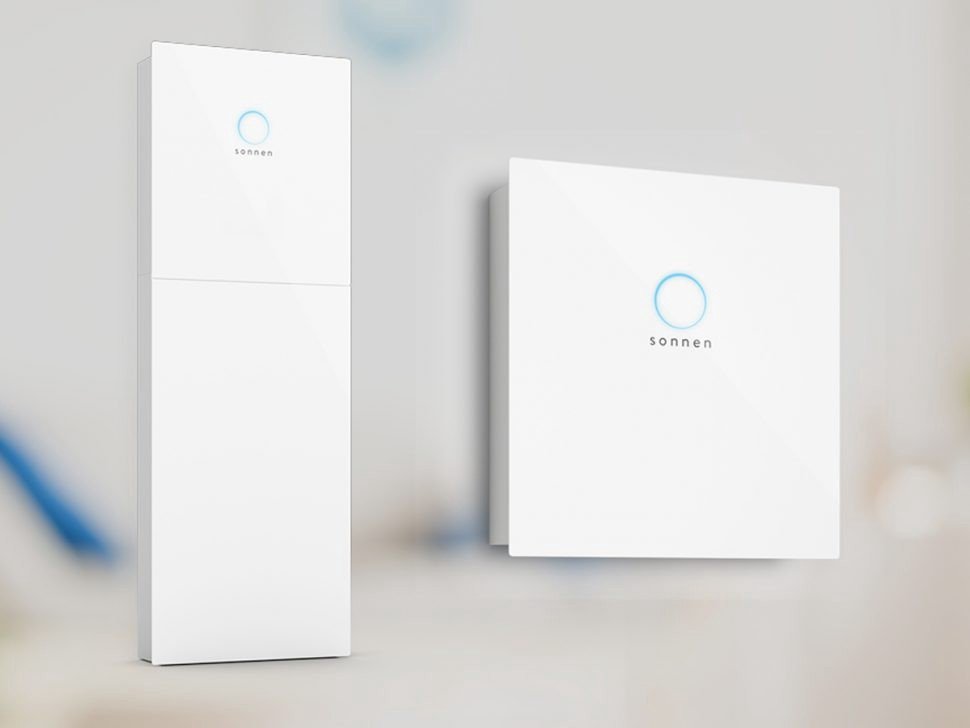
Also, VICTRON have good monitoring products and solutions.
https://www.victronenergy.com/battery-monitors
Welcome to comment and share more ideas with us!


